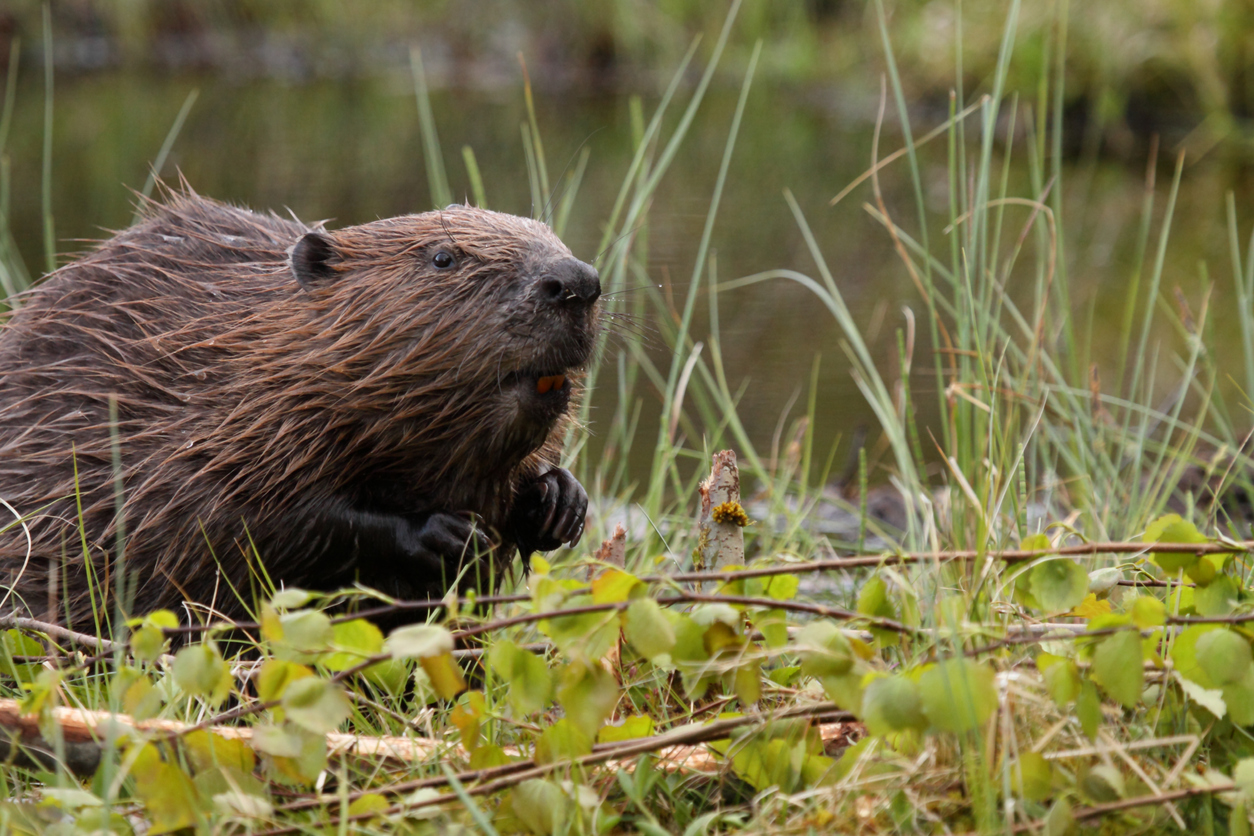We use cookies to make your experience better. To comply with the new e-Privacy directive, we need to ask for your consent to set the cookies. Learn more.
Reintroduction of Beavers

Once a common sight across the UK, beavers have been absent from our shores for almost half a millennium, largely because they were a prized target for hunting thanks to their warm pelts and various other physical attributes which our forefathers deemed to be invaluable.
This is all set to change, as a campaign to reintroduce beavers at several sites nationwide is gaining momentum, hinting at a bright future for this famously toothy animal.
So what do the beaver reintroduction plans look like at the moment and when might you be able to start seeing them back in their natural habitat?
Why Reintroduction Matters
Whenever an animal is removed from an ecosystem, there is a knock-on effect that ripples up and down the food chain. With beavers, the impact is even more pronounced because their tree-felling, river-damming activities have a profound influence over the landscape itself.
Because of this, experts see beavers as being a crucially important animal, the reintroduction of which would lead to significant benefits in many areas. And of course with beavers living in the wild, enthusiasts would be able to observe and enjoy these lovable rodents whilst out and about without having to visit sanctuaries or trek overseas.
What Plans Exist?
You may have heard about beavers being discovered living in the wild on the River Otter in Devon, which experts believe is as a result not of some long-lost group surviving for centuries without human intervention, but rather due to an unlicensed release of the animals at some point in the recent past.
This may not have been an officially sanctioned reintroduction, but it is effectively a proof of concept, indicating that beavers can survive and thrive in British rivers. Of course, in order to achieve this on a wider scale, careful management and planning will be required, together with a great deal of collaboration and cooperation between different groups.
Organisations such as the RSPB and other national charities, conversation trusts and local councils are being drawn together in the attempts to chart a course for the reintroduction of beavers. Up in Scotland, a number of licensed releases have already occurred and this is being hailed as a success.
What Challenges Must Be Faced?
The positive aspects of reintroducing beavers need to be balanced against the likelihood that they might also create issues due to the way in which they build their homes. Experts are keen not to upset existing ecosystems, especially if there are fragile populations of other rare animals to take into account.
Because of this, extensive research is needed to determine which locations in the UK are most suitable for the reintroduction of beavers. There are also debates as to whether it is best to add them to areas which are fenced in and can be easily monitored, or to allow them to roam freely.
There is no doubt that this is an exciting time for wildlife enthusiasts, as beaver reintroduction looks set to continue apace as the finer details are hammered out.
